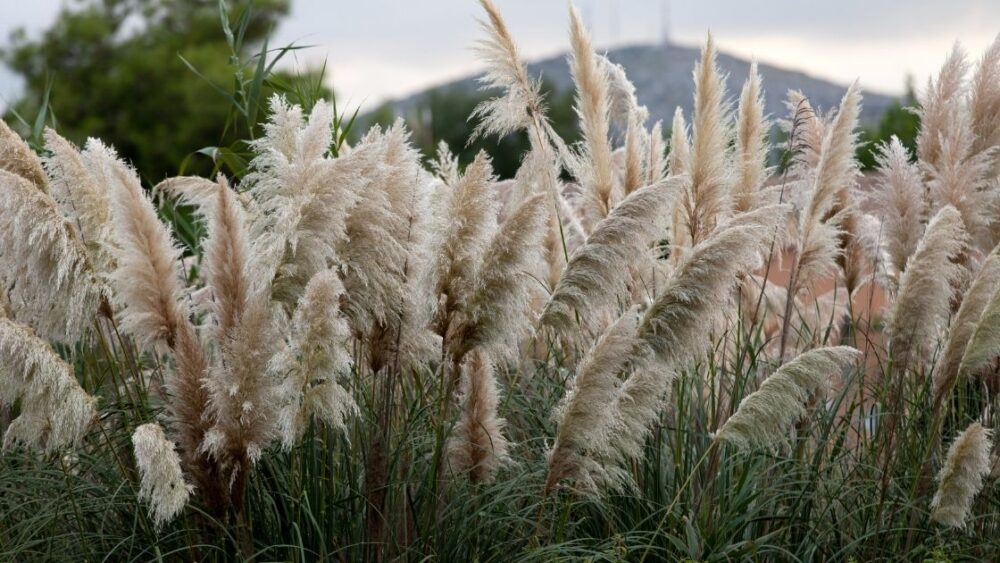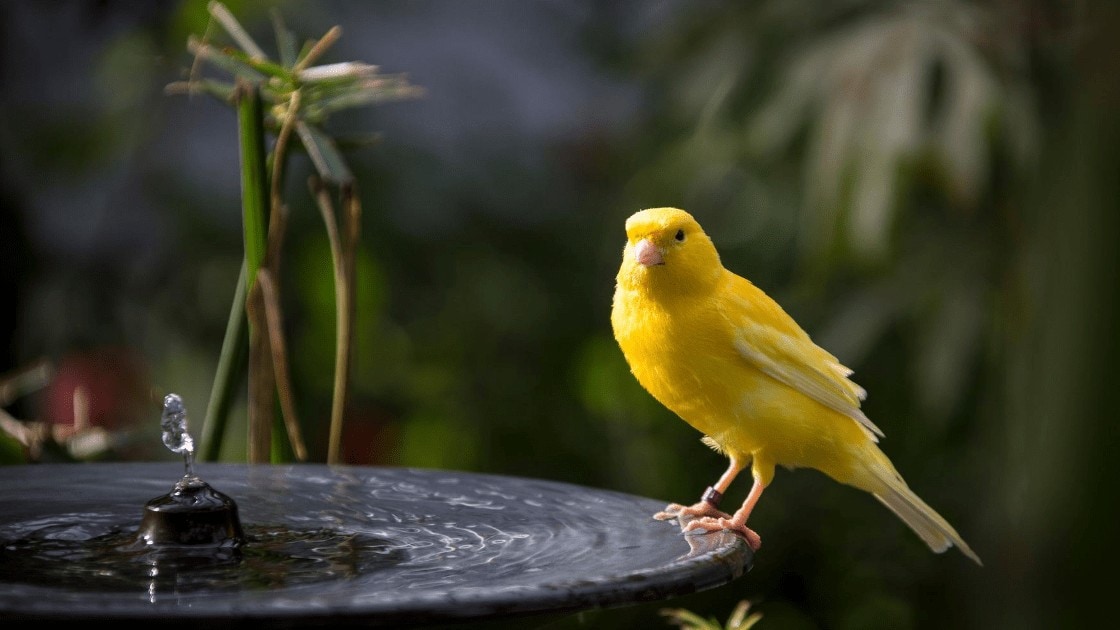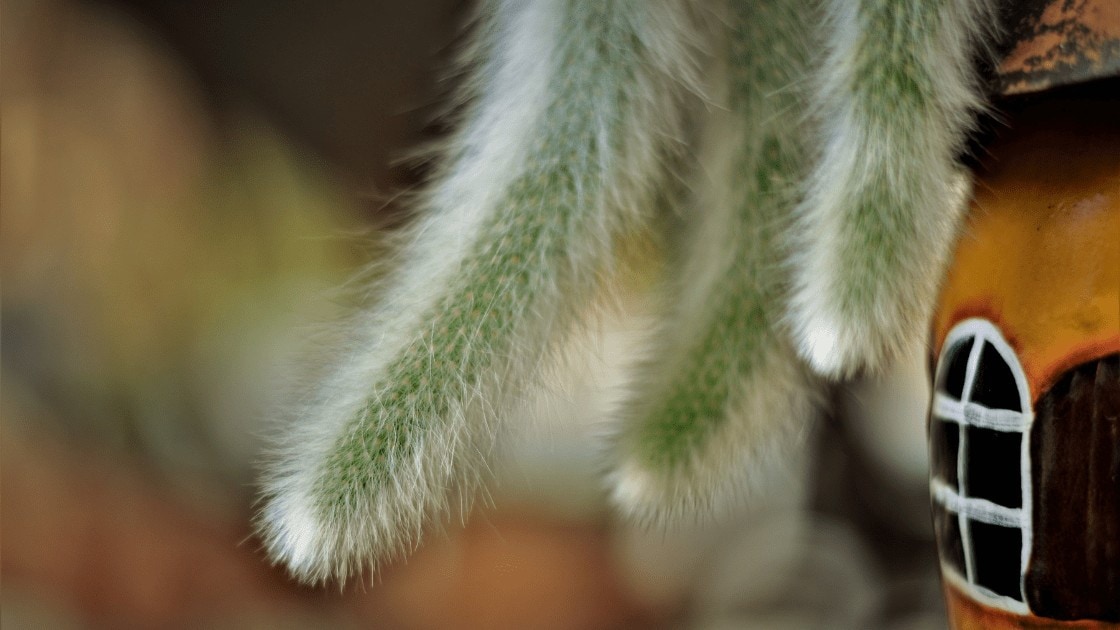
Tuberose Plant is a perennial plant that belongs to the Asparagaceae family and is once known as Polianthes tuberosa. This plant produces clusters of beautiful, large, pure white blossoms on stalks as tall as 4 feet, making it one of the world’s most fragrant flowers. The beauty of these blooms is no wonder they are so popular with florists for weddings and other special occasions. Tuberose is native to Mexico and prefers warm climates, although they can also survive in cooler climates when planted in sunny locations. Tubers are easy-to-grow bulbs that multiply readily and divide easily. However, sometimes certain factors delay the bloom of this plant. Want to know, what are those factors? Please stay connected if your Tuberose Plant is not blooming!
What Can Cause Tuberose Plants Not To Bloom?
Tuberoses are slow-growing plants that typically need four months from the time they are planted until they bloom. They are generally propagated through bulbs, but this has the risk of perpetuating disease-causing pathogens, which can result in a significant loss of productivity. Tuberose plants will also not bloom if there is insufficient sunlight, too much nitrogen, or stressful conditions. Moreover, keeping tuberoses moist is important since drying them out will cause them to wilt.
It is important to fertilize Tuberose every other week during the spring and summer with a water-soluble fertilizer. However, too little or too much fertilization can prevent blooming, and too much can increase leaf growth at the expense of blooms.
Browse our Affiliate Products
Tips To Help Tuberose To Flower?

Let your plant become root-bound if you want it to bloom. Instead of repotting your plant every few years, try adding a thin layer of new potting soil each spring to keep it tight and healthy.
- A 3-inch layer of mulch can assist you in maintaining an ideal moisture level for your tuberoses. Tuberoses require a well-balanced, often-excessive diet.
- Use a granular, slow-release fertilizer at the start of the growing season.
- The phosphorus in a 5-10-5 fertilizer will start the plant on the path to blooming.
You can relocate your plant to a brighter area if you suspect that insufficient light is the cause of its failure to flower. Reduce your nitrogen fertilizer applications and give the plant a good soaking to remove any lingering nitrogen.
- For more information on fragrance flowers, check out this article. Plants That Work Well for A Fragrance Garden.
- Also, if your interested in fragrance check out this article: Creating a Home Fragrance Aroma Garden with Scentsy
Are Other Varieties Affected The Same?
Tuberose comes in two varieties: a single-flowered variety and a double-flowered variety. A single variety has a more pleasant scent than a double type and contains from 0.08-0.14% concrete, an essential component of high-quality perfume.
However, diseases such as stem rot, flower bud rot, Botrytis blight, Sclerotial wilt, Alternaria leaf spot, rust, powdery mildew, etc., have been documented on all tuberose plants. Leaves with infections develop brown patches and dots around the infection in all varieties.
Optimal Growing Conditions And Growing Tips
The spring is the best time to plant tuberose bulbs since they will not be affected by frost. Plant rhizomes 2–4 inches (5–10 cm) underground and 6–8 inches (15–20 cm) apart in loose, nutrient-rich soil in full light. Water regularly leading up to and throughout the late summer blooming time. The finest blooming of tuberoses is achieved by improving the soil’s drainage and texture with compost and other organic additions.
For more information on other types of bulbs, check out our bulb category: Bulbs
Some quick growing tips for Tuberose:
- Tuberoses are heavy feeders, so be sure to fertilize them.
- Add ground bark, decomposed manure, or compost to the soil to improve drainage.
- Tuberose must never sit in waterlogged soil, so make sure your containers have drainage holes.
- After the first frost, carefully dig up your Tuberose bulbs to save them for next year (if you live in zone 8 or colder). Store the bulbs in a cool, dry place after air drying.
- Snip stems while in bloom to encourage new flower spikes.
- Watering deeply once a week is better than drinking lighter drinks every day or two.
Common Name
The common names of the Tuberose plant are Rajanigandha or Nishigandha and Agave Amica.
Scientific name
The scientific name of the Tuberose plant is Polianthes tuberosa.
Growth Cycle
Tuberoses are perennial plants. The blooming period for these plants ranges from midsummer to late summer, or roughly 90 to 120 days after planting. They spread through underground stems called rhizomes, which can withstand soil pressure. Rhizomes (also known as tubers) are underground organs that help plants survive dry periods or extended periods of cold by storing water and nutrients for use when conditions improve.
In addition to dispersing its seeds above ground, this plant can develop new plants by sending out shoots from its rhizomes. A rosette of leaves at the plant’s base and a flower spike/stalk as tall as 4 feet can emerge from a single rhizome. Because of their towering stature, these plants make excellent additions to any garden.
Sunlight Effect
Tuberoses thrive in bright, sunny conditions. This means they will be happiest if exposed to sunshine for a minimum of 6-8 hours per day. Even so, if a tuberose plant is grown in a region where the summers get quite hot, it will appreciate some afternoon shade.
Watering
The water needs of tuberose plants are low to medium. The tuberose plant is rhizomatous, and rhizomatous plants tend to be highly drought-tolerant. They can survive in dry conditions, although it’s not ideal. They will thrive if they have access to consistent watering during the growing season, usually around an inch per week. This can happen naturally through rain or artificially by watering.
Check out our irrigation affiliate products by clicking here: Irrigation Supplies
Adult Size
Tuberose is a summer/fall flowering plant with fragrant spikes of star-shaped, waxy florets that grow in clusters up to 45 centimeters long.
Planting Zones
In USDA hardiness zones 8 through 10, they thrive outside but need to be moved inside before winter. For more information on planting zones, check out this site: USDA Plant Hardiness Zone Map
Weather Hardiness
The only thing you should remember when growing Tuberose is to take care of the heat. These plants do not do well in extremely cold conditions and are at their most productive when the temperature is around 70 degrees Fahrenheit.
A warm climate is necessary for around four months before tuberose flowers bloom. This is why it’s important to plant bulbs early in the spring before the weather gets too hot. Bulbs must be dug out and stored in a cool, dry, and well-ventilated area until the following spring if you reside in a cooler climate.
Propagation Of Tuberose Plant
Proliferate by use of tubers. Tuberoses will produce new plants from offset tubers when grown in the garden.
- Carefully cut out the tiny tubers.
- It’s important to dig up tubers in the spring promptly.
- The alternative is to preserve the tubers during the winter and plant them in late April.
Flowering tubers on tuberoses and other container plants rarely develop indoors.
Toxicity Of Tuberose Plant
Some of its members have been consumed for centuries, while others are considered at least somewhat poisonous. Buds and flowers can be consumed, and the buds themselves can be pickled and preserved. Roasting the root adds depth of taste and can be used to make coffee last longer.
Dormancy
In cold climates, bulb life cycles are halted during the winter months. If you want to plant your bulbs early, you can soak them in a 4% Thiourea solution for one hour to break their dormancy. Ethylene chlorohydrins can also break bulb dormancy.
Soil
In many respects, tuberose plants are surprisingly tolerant. The soil in which they are initially planted is one such factor. They may thrive in any somewhat well-draining soil type.
Soil rich in organic matter appears to be especially beneficial for tuberose plants. Adding some compost into the soil at the start of the growing season is a simple approach to achieving both goals. Compost will enhance the soil’s drainage while also boosting its nutrient level. Sand can improve drainage.
Click here to check out Miracle-Gro VB02196 Water Soluble 8 oz, 2-Pack All Purpose Plant Food.5 lb found on amazon
Bloom
Tuberoses begin blooming three to three and a half months (eighty to one hundred days) after planting in early July. The height of the flowering occurs in late August and early September. The Tuberose blooms constantly.
Fertilization For Tuberose Plant
In the case of tuberose plants, fertilizer is their best friend. Fertilizer is very important during their busy growing season. Feeding them a complete fertilizer once a month will encourage super-vibrant bloom growth.
Tuberose requires an 8-8-8 fertilizer containing an equal amount of nitrogen, phosphorus, and potassium. Solid fertilizer should be applied around the plant’s soil once every six weeks, or use liquid fertilizer according to the instructions on the container. For indoor arrangements, you can cut flowers.
Final Thoughts
Although other small, white flowers can mimic tuberose in the garden, they do not have the same wonderful scent. An ounce of the essential oil from this plant’s flower can cost up to $600.
However, you can grow tuberose in your yard for just a few dollars and a little sweat equity to enjoy their fresh fragrance. Hence, plant tuberose in your garden if you want to enhance its beauty and fragrance!













